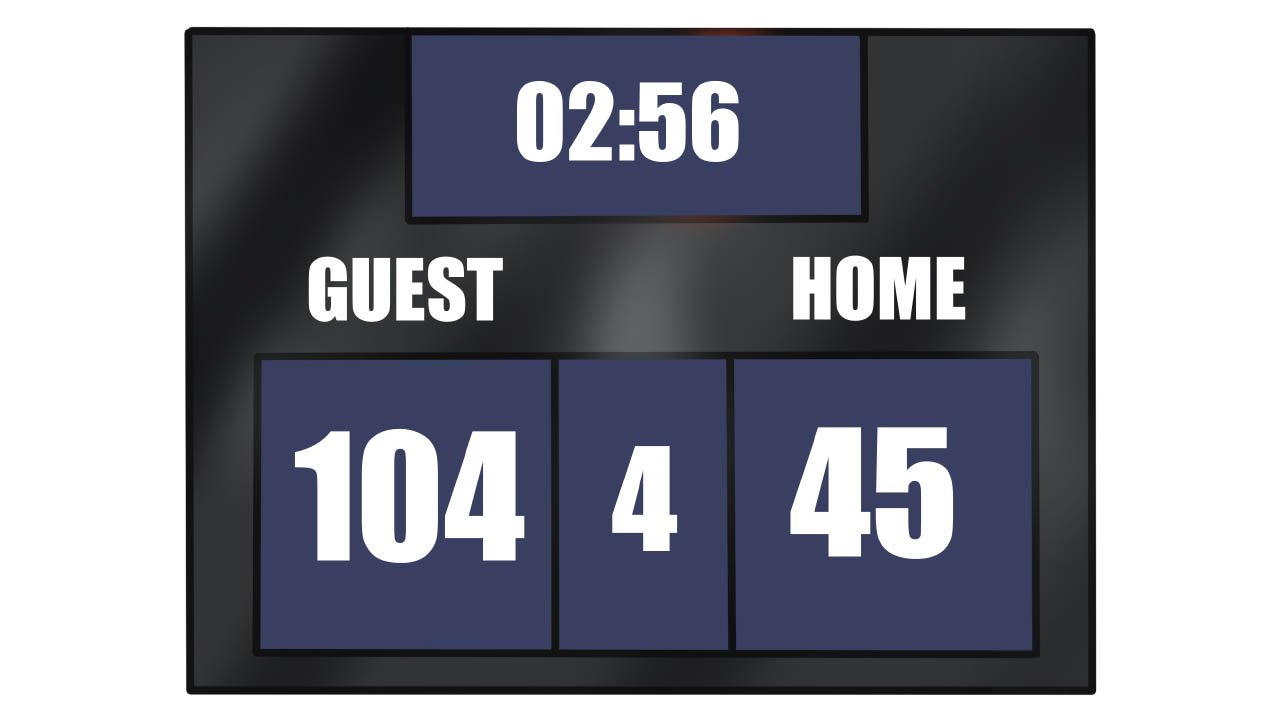The NBA game is changing
 CREDIT: NINA HEPPLEWHITE
CREDIT: NINA HEPPLEWHITEStephen Curry was responsible for the popularization of the three-point shot and ushering in the NBA's three-point era.
I love the new era of the National Basketball Association (NBA).
Ever since the start of the three-point revolution, which coincides with the rise of Stephen Curry and the Golden State Warriors, there has been a new look to the way basketball is played at the highest level of competition.
First of all, the game is faster than ever before. The pace of play in basketball has increased due to a higher volume of players who move, shoot and pass like point guards and NBA defenses having to adjust.
But how did this all happen? Back in the early 2000s, the pace of play in the NBA was the slowest it had ever been in NBA history. According to the basketball reference database, that meant in the 2000-2001 season, for every 48 minutes of an NBA game in a season, there were only 91.3 possessions. In comparison, the game today features a pace of 99.2 possessions per game in a season.
Those early 2000s games were hampered by rule changes that allowed defenses to slow down a possession, which incentivized offensives to play long, drawnout possessions. These inevitably resulted in poor shots or isolation plays where a player essentially chose to play hero and take it upon themselves to score and chuck up inefficient shots with little help from teammates. Kobe Bryant’s Lakers would be the best example of this playstyle in the early 2000s.
Nowadays, games are played with a variety of players that run all around the court, cut into open spaces and usually either drive in for a dunk, or hit an open three. There’s so much more complexity to what makes a superstar player in this era.
Defenses have to be careful when guarding Kevin Huerter of the Sacramento Kings, who this season is doing an incredible Curry impression in every play, by running around screens and hitting an incredibly efficient 39.7 per cent of his shots from three. For reference, Curry’s career three-point percentage is 42.7 per cent and he’s the greatest shooter of all time. You can’t underestimate Giannis Antetokounmpo, whose running stride length is so absurd he can run from half court to the rim in one dribble, which means his defender is going to have to be incredibly quick and equally as athletic to guard him. Additionally, you can’t forget the importance of players like Kevin Durant and Devin Booker, midrange assassins who are specialists at taking pull up jump shots from anywhere on the court.
Coaches also feel more important in today’s game than ever before. There have been a number of NBA playoff games decided not only by the evolution of NBA coaches’ involvement, but also their planning.
Before the three-point era, the philosophy of an NBA offense was to shoot as close to the basket as possible. The hierarchy of shots went dunks > midrange jumper > three-pointer, where a three-pointer was taken if a team had no better choice near the end of a shot clock. Then came the two pioneering teams, the LeBron James-led Miami Heat, who were more open to taking a three-pointers earlier in a shot clock, and the 2014-2015 Golden State Warriors, who took three-point shooting to its extreme, taking three pointers early in the shot clock and even on fast break transitions.
General Manager of the Houston Rockets Daryl Morey had already created a new philosophy for offensive success titled “Moreyball” that opened up the logic to NBA coaches that teams should take more threes.
“Moreyball prioritizes shots the biggest bang for the buck, layups, free throws and open threes,” Ben Taylor of the Thinking Basketball YouTube Channel explained in his video, Is the midrange shot dead? The surprising math behind basketball’s least efficient attempt.
“The average NBA possession [in 2018] yielded 1.1 points, but the average open three was converted at 38.5 per cent and at three points per make, these shots are worth about 1.15 points per attempt. Open threes are good. Layups are even better! Players made 63 per cent of their shots at the rim in 2019, which yields about 1.25 points per attempt on average. Free throws are hyper efficient. The average NBA player shoots 77 per cent from the line, so a two-shot foul is typically worth about 1.5 points [per attempt].”
Morey’s Houston Rockets made the Western Conference Finals in 2018, which was an exciting duel with the Durant-era Golden State Warriors, which were considered one of the greatest teams of all time, and nearly won.
So, who knows what the next great advancement in NBA philosophy will be? I’ll certainly be watching to find out.

















